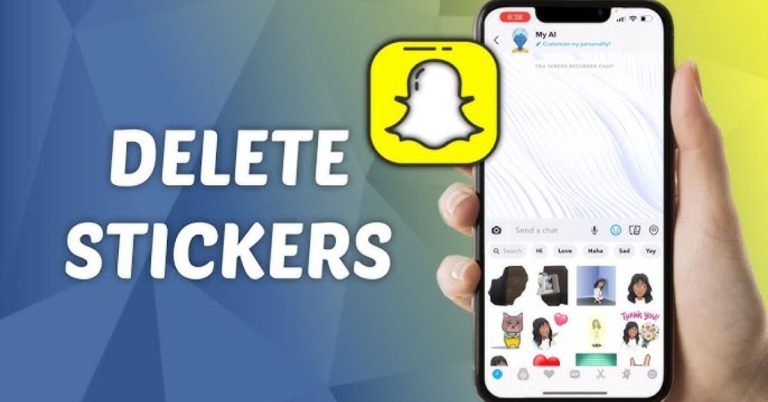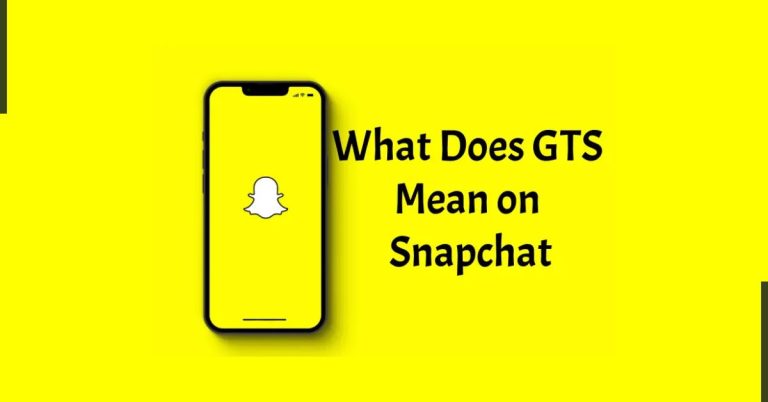How Online Challenges and Unboxings Became the Internet’s Favorite Pastime
Opening a box on camera shouldn’t be content. It’s just taking something out of packaging. But millions watch influencers do exactly that, and internet challenges get even more participation. Some challenges are harmless, others genuinely stupid and dangerous. Both trends blew up bigger than anyone expected.
When Unboxing Videos Started
Unboxing videos started showing up on YouTube around 2006. Tech products mostly, people filming themselves opening new gadgets. The idea was showing what comes in the box before you spend money on it yourself, which made sense for expensive electronics. Then it changed into something else where opening the box became the actual point, not reviewing what’s inside.
Kids watching toy unboxing exploded as a genre. Parents figured out their children would sit there for hours watching other kids open toys, seems weird but the numbers proved it worked. Ryan’s World got massive doing this. Just a kid opening toys and playing, but kids watching felt like they had a friend to play with even though it’s just a screen. The parasocial thing is strong with young audiences.
Mystery boxes added gambling to unboxing. HypeDrop turned it into an actual game where you pay for virtual boxes with random stuff inside. Could be valuable, could be junk. Same rush as lottery tickets except it’s sneakers or electronics or whatever. Some people get lucky and win big stuff, most people don’t but the chance keeps them opening more boxes.
Challenges That Went Viral
Internet challenges weren’t new but TikTok and Instagram made them spread way faster. Ice Bucket Challenge in 2014 raised money for ALS, probably the last time a viral challenge did something actually useful.
Things went downhill quick after that. Tide Pod Challenge had people eating detergent for views, which is insane. Cinnamon Challenge made people choke on powder. Bird Box Challenge had people doing stuff blindfolded because of a Netflix movie. Real Darwin Awards material happening live on social media.
Not every challenge is dangerous. Some are just dumb and harmless. Dance challenges all over TikTok where everyone does the same moves to trending audio. Mannequin Challenge was people freezing while someone filmed them. These don’t hurt anyone but they’re not exactly meaningful either, just viral stuff to copy.
Why People Can’t Stop Watching
Unboxing taps into something about wanting new stuff without buying it. You get to see products opened and experience that moment without spending money or dealing with buyer’s remorse after. Challenges make people feel included in something bigger even when that something is pointless.
Algorithms love this content because engagement stays high. People comment and share unboxing videos and challenge attempts, so platforms push more of it to users. Creates a loop. Spend days making thoughtful content or film yourself opening a box and get triple the views, pretty obvious what creators choose.
Nobody really cares about authenticity anymore. Everyone knows unboxing videos are basically ads but they watch anyway. Seeing someone get excited about products is entertaining whether it’s real excitement or not. Challenges spread because they’re easy to copy and add your own twist, anyone can make one.
Conclusion
The internet is optimized for grabbing attention and these formats deliver that. You can watch dozens of unboxings of mystery boxes by HypeDrop or challenges in an hour, each one giving a little hit of entertainment or curiosity. Content designed for scrolling on platforms built for scrolling. This formula isn’t changing in the near future for sure, until something even more attention-grabbing shows up, which might honestly be worse than what we have now.







